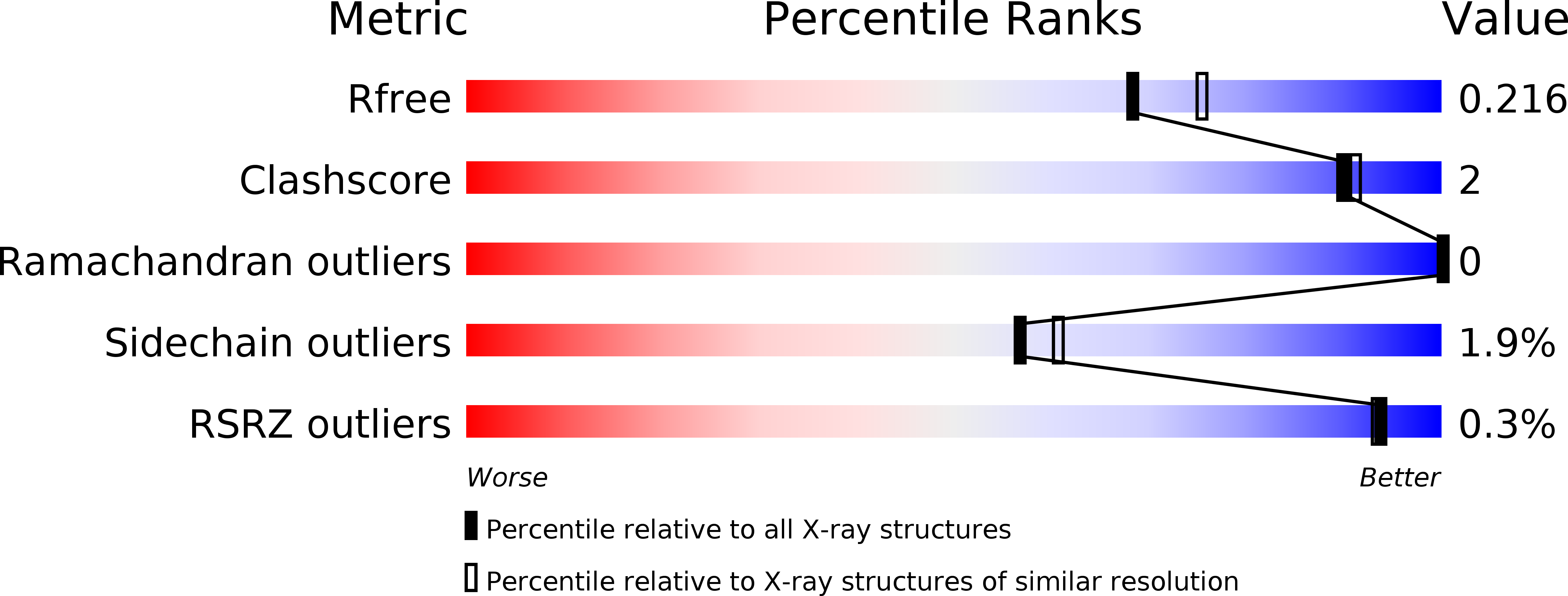
Deposition Date
2011-10-03
Release Date
2012-02-08
Last Version Date
2024-11-27
Entry Detail
PDB ID:
3U2F
Keywords:
Title:
ATP synthase c10 ring in proton-unlocked conformation at PH 8.3
Biological Source:
Source Organism:
Saccharomyces cerevisiae (Taxon ID: 4932)
Method Details:
Experimental Method:
Resolution:
2.00 Å
R-Value Free:
0.21
R-Value Work:
0.19
R-Value Observed:
0.19
Space Group:
P 42 2 2


